River Chief
Simon Costanzo ·This April, I was fortunate to work with my Chinese colleagues and visit a number of locations along the Chishui River, a major tributary of the Yangtze River in China. This new project, funded by the Asian Development Bank, is aimed at strengthening the “River Chief” system and improving the overall health of the Yangtze River Economic Belt. I am working together with the Yangtze Water Resources Commission, a river basin authority under the Ministry of Water Resources, to improve the monitoring, supervision, and evaluation of the river chief system through report cards, and improve coordination among the provinces in the Chishui River, for future application of the system to the broader Yangtze River basin.

The 400 km Chishui River (“Red Water River”) crosses three provinces and is pretty famous in China. The Red Army crossed it on the Long March in the mid 1930’s, it’s home to World Heritage protected waterfalls and picturesque mountain scenery. It also provides water to China’s most famous grain liquor brand: Moutai, made by the world’s most valuable alcohol company - Kweichow Moutai. It’s also remains the only tributary to the Yangtze without a mainstream dam. So, all in all, a pretty cool place to work and visit.
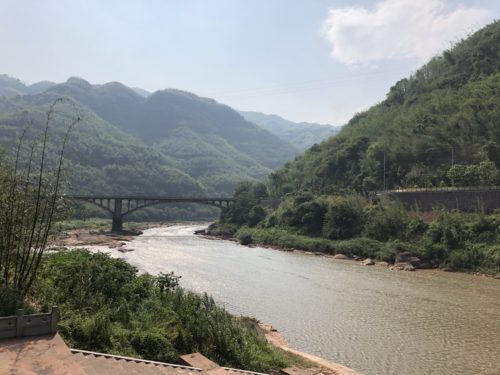
The Chinese Government has in recent years been stepping up measures to control water pollution in its rivers and lakes, including tougher environmental protection laws and introduction of a river chief system. Every waterway in the country has been assigned a steward, meaning there are now hundreds of thousands of river chiefs that have been appointed across the country! There are four levels of river chiefs, which are: provincial, urban, county and township, in descending order of power, and their responsibilities and accountabilities are quite astounding. Simply put, the water quality of their river section is their responsibility and what they will ultimately be assessed upon. The idea being that local officials will consider the environment much more strongly when planning development in their jurisdiction. Moreover, a list of river chiefs is published, as well as the river chiefs’ responsibilities, the current condition of the corresponding river/lake and a supervision telephone number, an example of which is shown in the below photo.
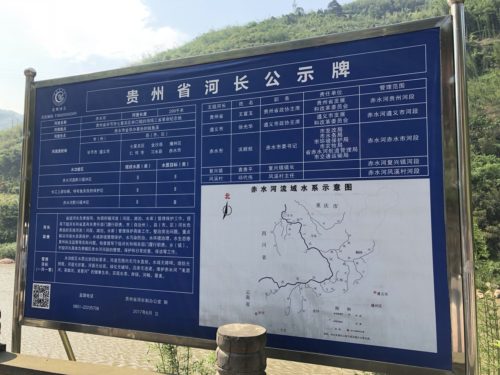
The purpose of our trip was to meet with a number of river chiefs from the three provinces that the Chishui River traverses, and develop indicators that can be measured at the boundaries of these provinces to assess progress upstream, and report condition through a report card. The project runs through until 2019.
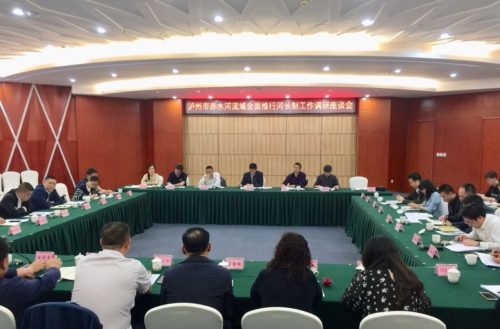
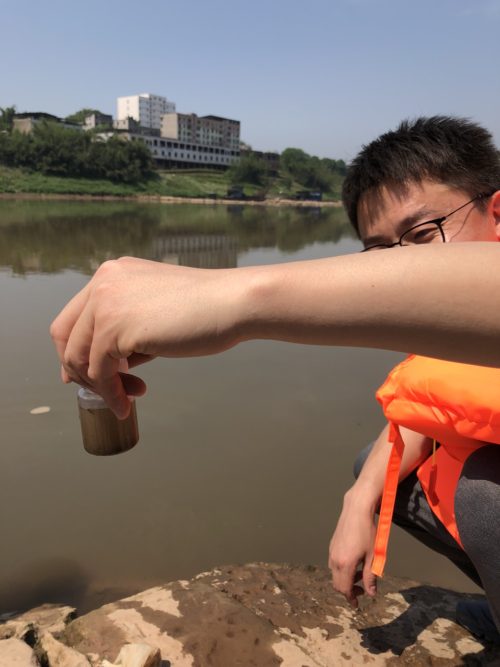
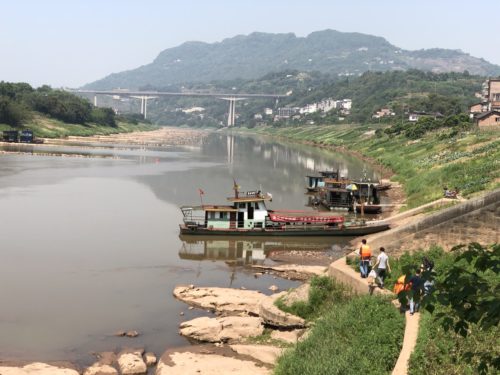
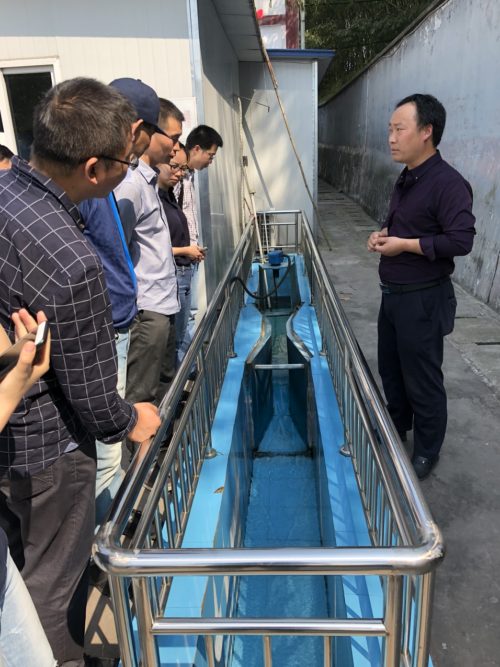
About the author
Simon Costanzo

Dr. Simon Costanzo is a Science Integrator at the University of Maryland Center for Environmental Science in Cambridge MD. Simon’s career in environmental science over the past 20 years has been focused on developing and improving methods for the assessment, monitoring and management of aquatic, marine and terrestrial ecosystems. Simon has extensive experience in scientific data collection, synthesis, interpretation and communication. Simon’s career has provided a unique insight to a wide range of disciplines and stakeholder groups including government, academia and private industry. Dr. Costanzo obtained his academic training from University of Queensland in Australia (PhD).